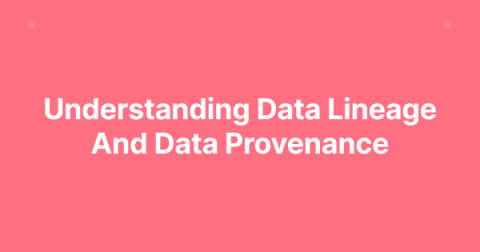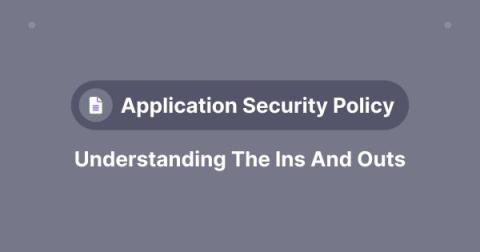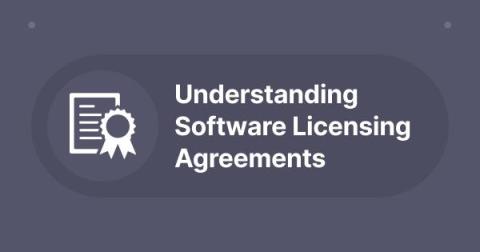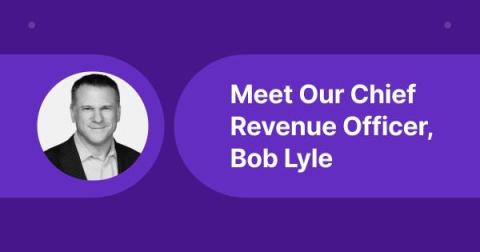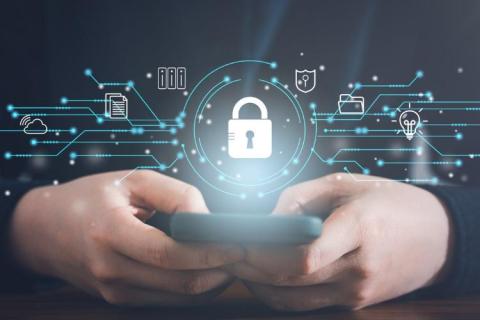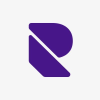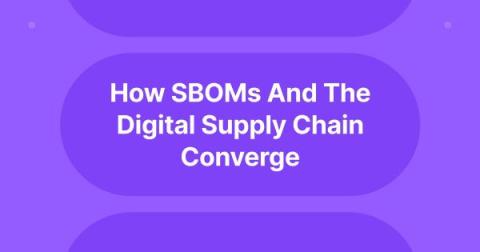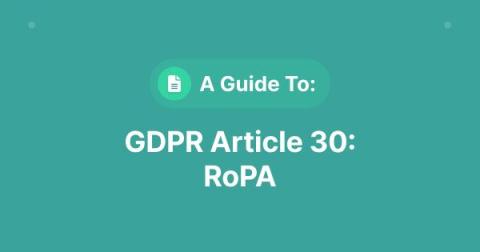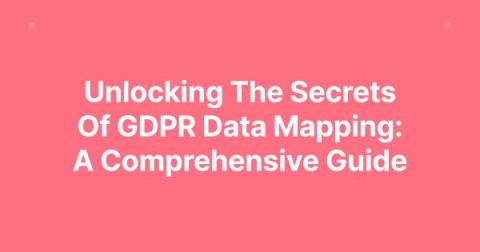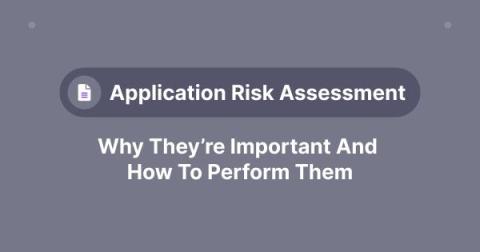Understanding Data Lineage and Data Provenance
Data lineage and data provenance are related terms, but different. Lineage focuses on the origins and movements of data over time, while provenance focuses on the transformations and derivations of data from original sources. Provenance helps teams to follow the source of data and verify its authenticity, surfacing any potential risks or vulnerabilities. In other words, lineage is more about “where” data travels, and provenance is more about the “what” of data history.


